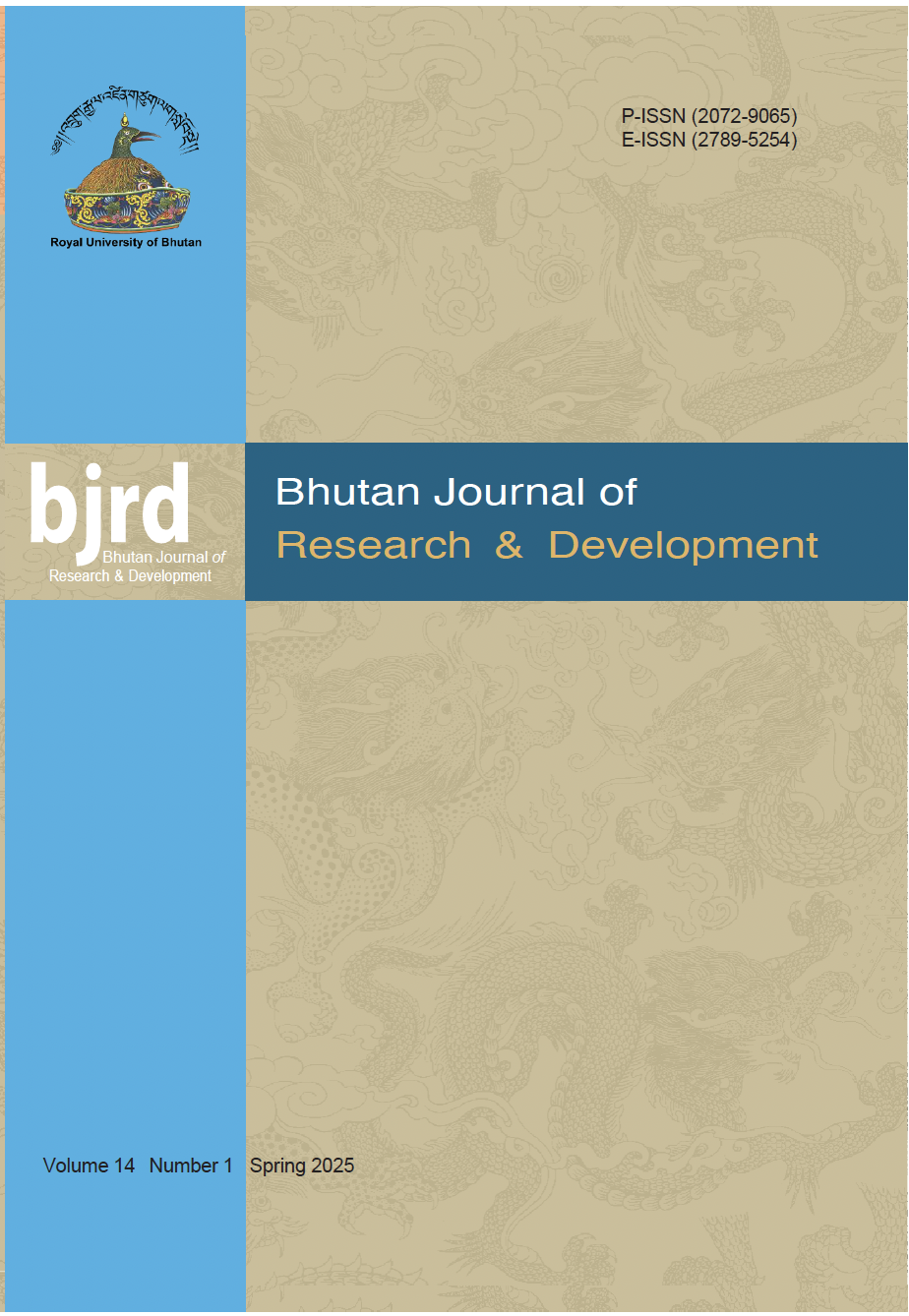Impact of Ability Grouping on Eighth-Grade Students’ Mathematics Achievement
DOI:
https://doi.org/10.17102/bjrd.rub.14.1.003Keywords:
Ability grouping, Mathematics, learning achievement, meaningful learning, academic performanceAbstract
This study investigated the impacts of ability grouping on eighth-grade students’ mathematics achievement at Phordung Lower Secondary School. A convergent parallel mixed methods design was employed, where quantitative and qualitative data were collected concurrently from 54 eighth-grade students (29 males, 25 females). The quantitative component included a standardised test, and the qualitative component included students’ opinions collected through a focus group discussion and observation notes. Quantitative data were analysed using the Kruskal-Wallis Test, followed by the Tukey Honestly Significant Difference post hoc test, and qualitative data were analysed using an inductive content analysis approach. Although all ability groups showed gains in their test scores, high-ability students outperformed the lower- and mid-ability students. Students’ positive attitudes toward same-ability grouping, as evidenced by their focus group discussions, were linked to gains in test scores compared to their experiences in mixed-ability grouping. While this study found increases in test scores and positive attitudes, ability grouping creates a learning gap between higher and lower ability groups. Therefore, educators should consider the benefits and drawbacks before implementing ability grouping.
Downloads
Published
How to Cite
Issue
Section
License
Copyright (c) 2025 Mani Wangdi

This work is licensed under a Creative Commons Attribution 4.0 International License.
All articles published in BJRD are registered under Creative Commons Attribution 4.0 International License unless otherwise mentioned. BJRD allows unrestricted use of articles in any medium, reproduction and distribution by providing adequate credit to the authors and the source of publication.



